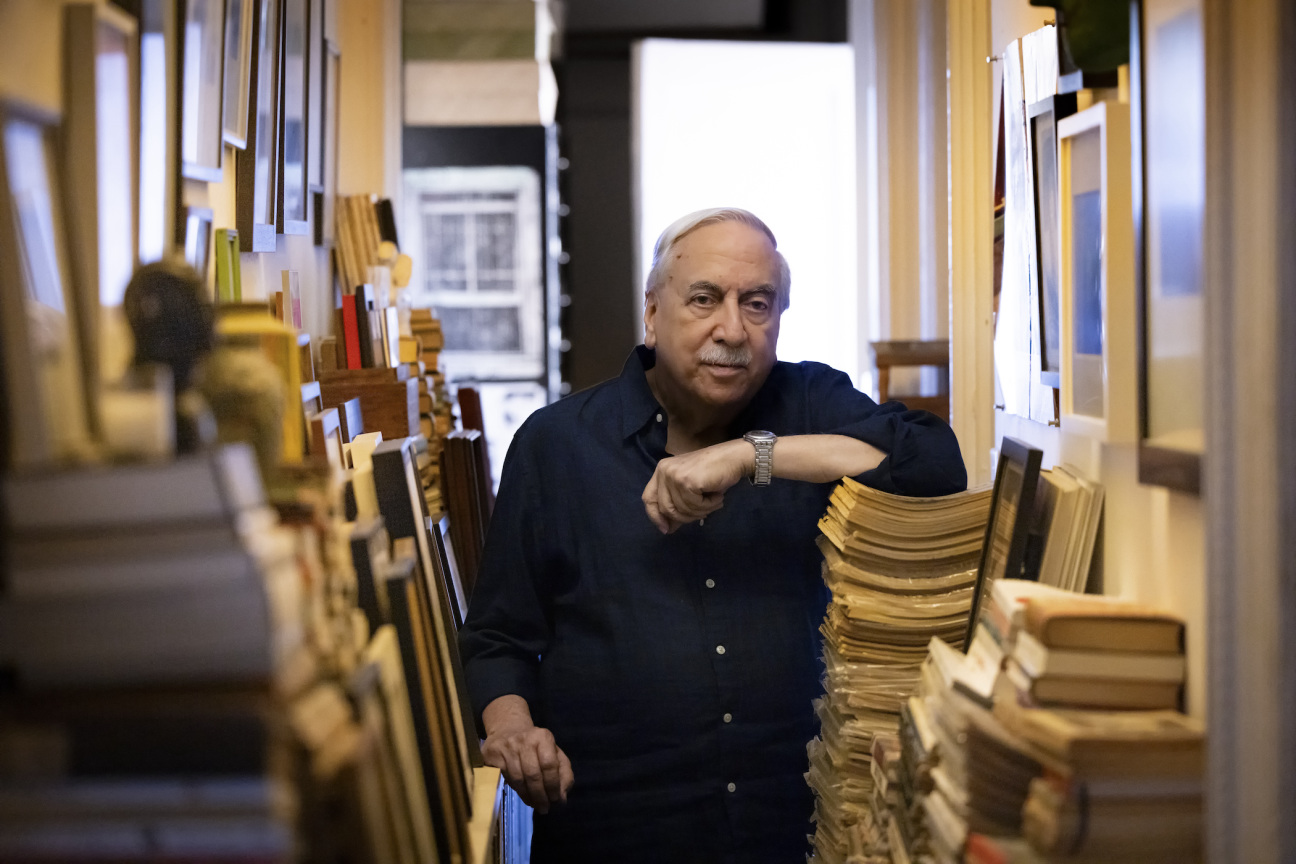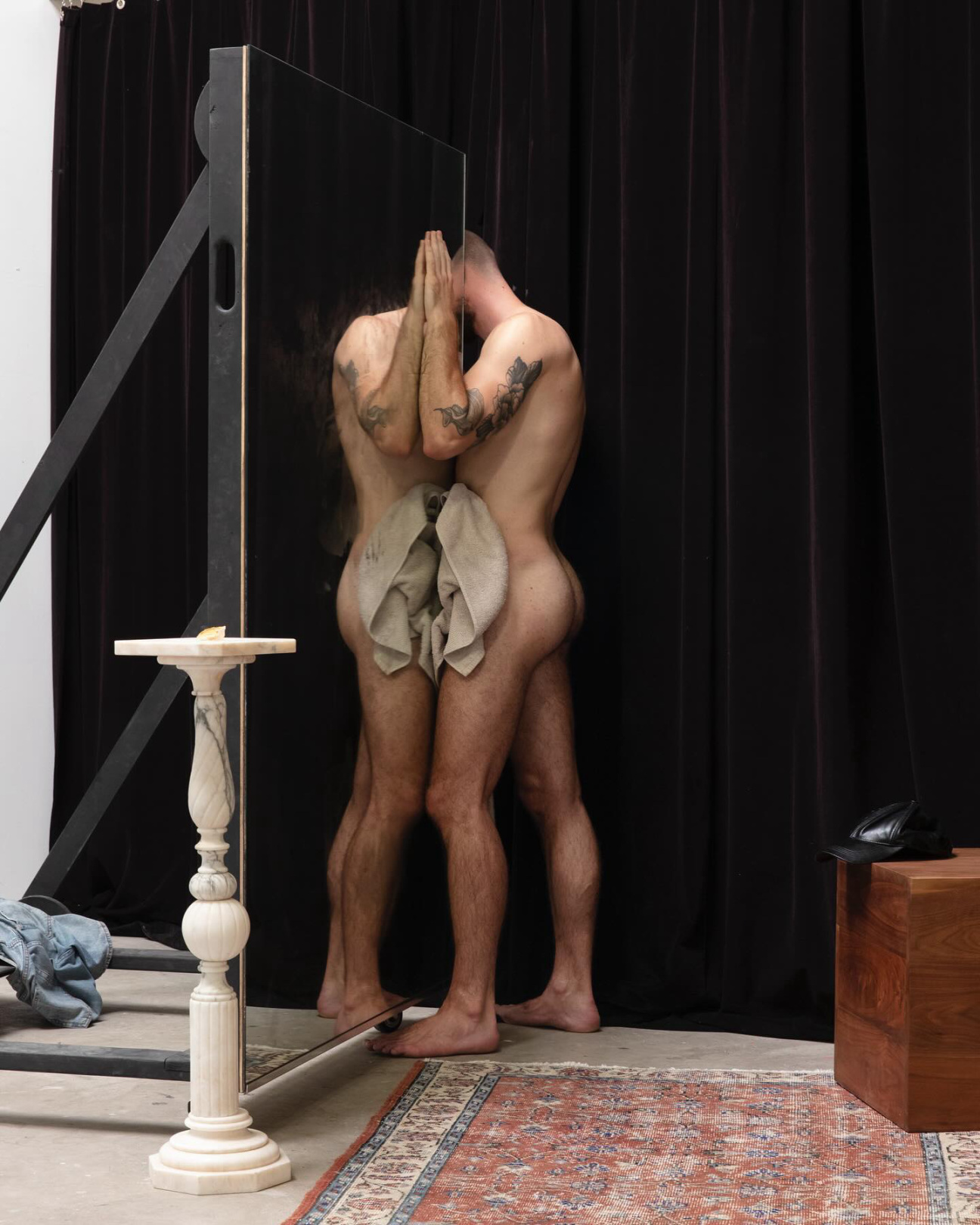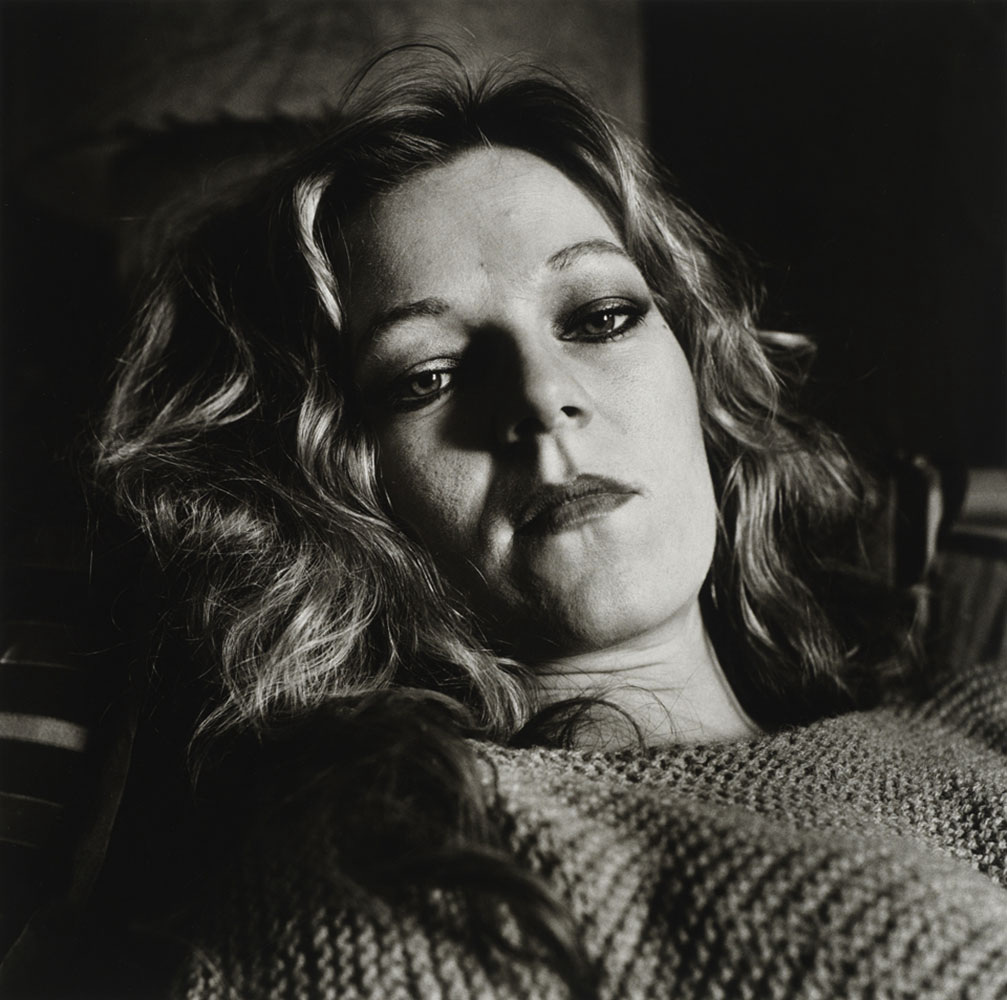
A.I., OnlyFans, selfie sticks, Photoshop: These are just a few of the innovations that have transformed photography over the past three decades. Vince Aletti—who has written about the medium since 1994, just four years after Photoshop’s official debut—has been an incisive witness to photography’s technological and aesthetic evolution, publishing his observations and bon mots in the likes of The Village Voice and The New Yorker. In addition to his work as a critic, he has been a prominent collector and curator: “Male” and “Female,” exhibitions of his collection first held at Wessel + O’Connor Gallery in Chelsea in the late ’90s, have been repeatedly referenced, revisited, and restaged in the decades since.
To recognize his contributions to the field, the Association of International Photography Art Dealers (AIPAD) will present him with its eponymous award tomorrow. “[Vince is] such a major part of the photography community and has contributed and shaped the art world since the beginning of his career,” says Lydia Melamed Johnson, executive director of AIPAD. Much like Aletti, the organization has been a vital force in the photographic ecosystem since its founding in 1979. Ahead of AIPAD’s annual Photography Show, which returns to the Park Avenue Armory from April 25–28, the living legend sat down with CULTURED to share his thoughts on the state of photography today.

CULTURED: Who are the artists defining the landscape right now?
Aletti: One would be Paul Mpagi Sepuya, who is certainly pushing himself to another level of looking at photography and thinking about it from the inside, but making incredible and exciting pictures.
CULTURED: Is there a particular advancement that has had a pronounced impact on how people approach photography?
Vince Aletti: The digital advances in actually making a photograph and bringing it to print have made a huge difference in the way people produce and receive photography. I’m happy there are still a lot of people who use the darkroom and analog techniques. One thing hasn’t erased the other.
People have always been somewhat skeptical of photography. Photoshop, A.I., and all the other ways to manipulate images make people doubt what they’re looking at, which I find sad. I want to believe what I’m looking at on some level, or I want to at least be tipped off that this is something I need to question more closely. As long as the photographer is treating it as an artful production, I don’t care what kind of manipulation goes into it, as long as the result is amazing or at least exciting.

CULTURED: Is there a particular artist whose career you've followed, who never got the recognition they deserved?
Aletti: Peter Hujar, a good friend whose work I know really well—a name that meant nothing when he was working, except to very few people. His name is now mentioned in the same breath as [Robert] Mapplethorpe and Nan Goldin. One of the things I always liked about the photo world is that there is always this cycle of rediscovery, people who are almost erased and then revived.
CULTURED: How would you characterize the photography scene and its discourse today?
Aletti: I’m glad that the photographers I’m paying attention to are out in the world again. For me, that’s what photography has always been best at: giving us some understanding of the world and the people in it, especially those closest to us. I’m also glad there is no ruling look—it gives everybody a chance to experiment. I tend to be drawn to work that is about people in one way or another—that involves not necessarily portraiture, but the body, people’s lives, some kind of documentation of the way we live.










 in your life?
in your life?

